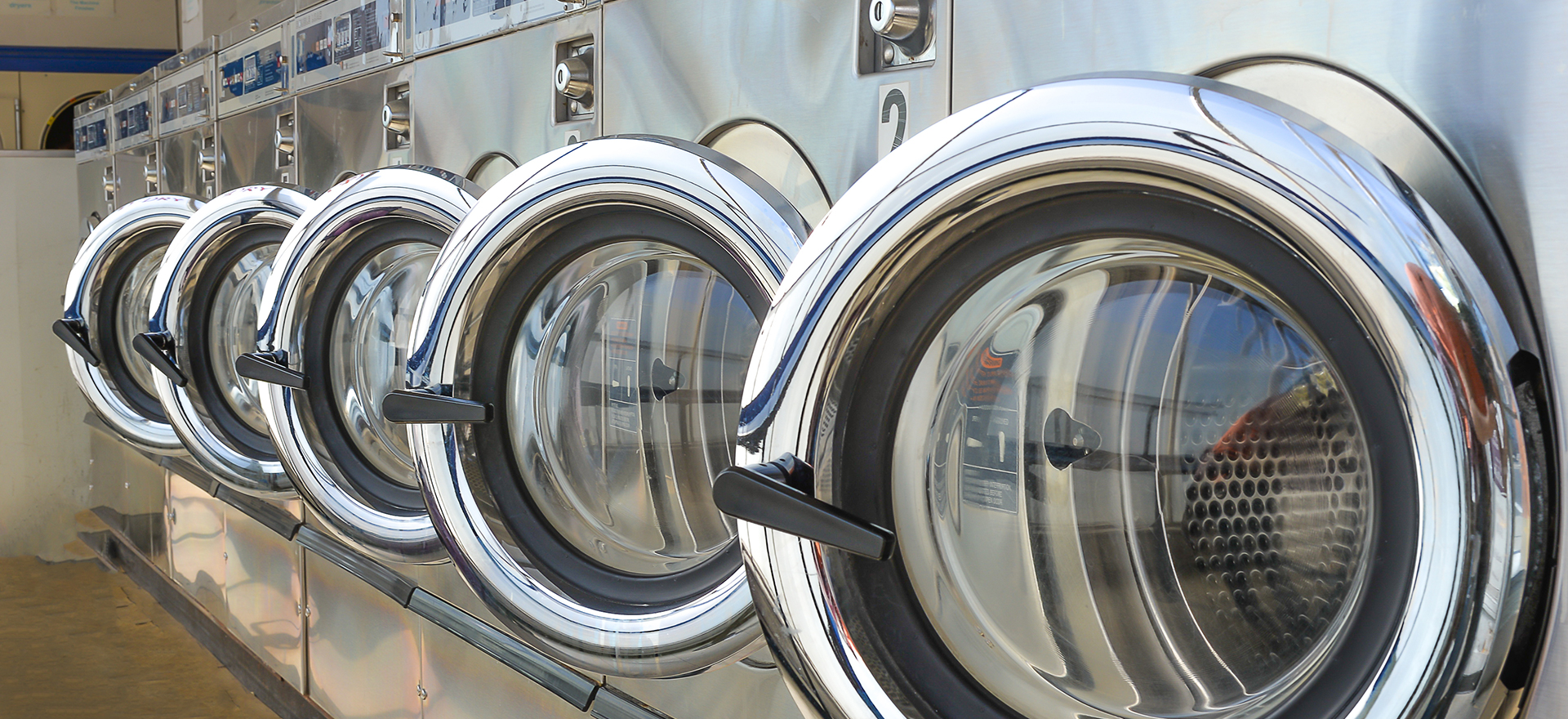
Our ecological footprint
By admin on 26 July 2017 in Our APP
In the Netherlands we live in a throwaway society. Every year we throw away 1,300,000 washing machines, dryers, dishwashers and coffee makers (ASN Bank Z.D). We demand a lot from our raw materials. Sustainable development and the circular economy go hand in hand, according to Dr. Frank J. Dietz also together. The use of raw materials has increased sharply, with the result that raw materials are not running out immediately, but there is no longer any security of supply. We will depend on China for the supply of rare earth metals in the future. More than 90% of the most important rare earths come from China (Dietz, 2018). It is time that we use our washing machines and dryers sustainably. Due to this scarcity, it is time to look for sustainable solutions.
7.2 Why a circular economy?
The Netherlands is a frontrunner in the recycling of waste and a circular economy can strengthen the position of the Netherlands. It results in a cleaner environment. In addition, it improves the security of supply of raw materials (Rood & Hanemaaijer, 2016). In a circular economy one speaks of the ‘cradle to cradle principle’ of William Mcdonough and Michael Braungart. Making the washing machine and dryer more sustainable by means of cradle to cradle is possible. The Dutch company Coolrec shows this. In the world of Coolrec, there is no such thing as waste. This company contributes ideas to the development of new products and investigates where waste from old washing machines and dryers can be reused (Coolrec, n.d.). The circular economy can be a solution for raw material scarcity, achieving climate goals and creating a more sustainable world. In 2016, 450 washing machines were dismantled daily by Coolrec and ground into small pieces of metal and plastic. Those small pieces of metal and plastic are reused in washing machines and other solutions (Hopman, 2016). Another problem for the environment is the plastic soup. According to the Plastic Soup Foundation, we produce 311 million tons of new plastic waste every year. More and more plastic is floating in oceans and seas and this is not only due to the waste that is thrown on the street. Washing, especially synthetic clothing, also contributes to the problem of the plastic soup. During the washing of synthetic clothing, small fibers end up in the wastewater. These fibers end up in the stomach contents of animals as they mistake these fibers for food.
7.3 How were you sustainable?
It is possible to wash sustainably. This is not only the case with a washing machine and dryer in private ownership. The burden on the environment will also have to be taken into account in joint washing and drying rooms. Sustainable washing is not only in the production of the washing machines, but also in the use. According to the environmental center there are several solutions. This includes washing at lower temperatures and reducing the use of detergent. Research has shown that a lot of laundry is already clean by using only water.Consumers often have fixed washing habits, with fixed washing programs and product choices. They are not aware that these choices concern sustainability aspects. A correct dosage can save tens of euros on an annual basis and lowering the washing temperature from 40 to 30 degrees already saves 40% in electricity (NVZ, 2020). It is a joint responsibility to reduce the burden on the environment.




